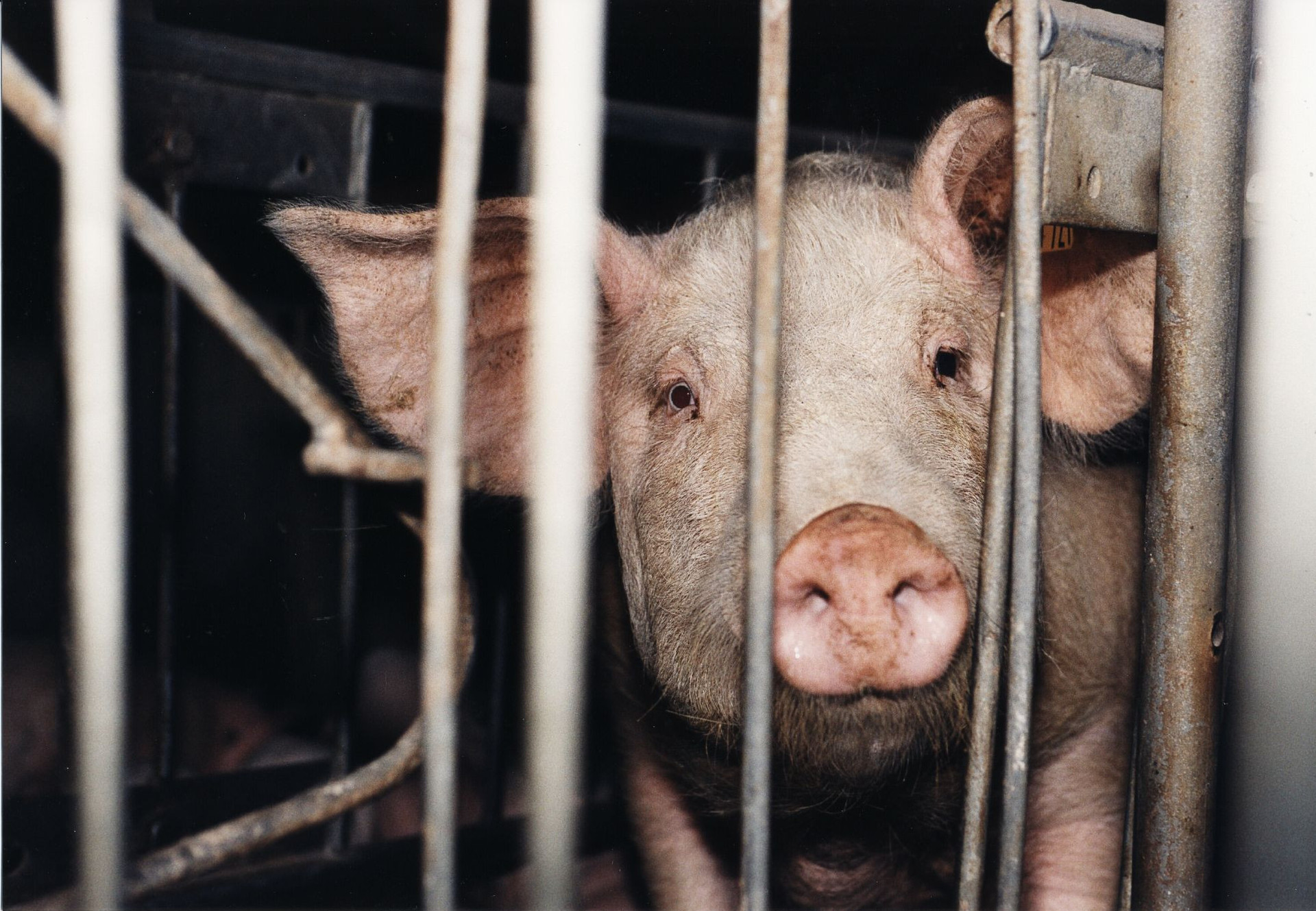The plight of farm animals remains a perplexing conundrum in modern society. As consumers, we are inundated with choices, many of which disregard the wellbeing of sentient beings raised for food. Yet, the question lingers: why don’t more people care about farm animal suffering? This inquiry necessitates a multifaceted exploration of cultural, psychological, and economic factors that underpin our disconnection from the consequences of our dietary decisions.
To begin, one must acknowledge the cultural constructs that permeate our understanding of farm animals. Historically, livestock has been viewed through a utilitarian lens; they are commodities, mere products for human consumption. This antiquated perspective is deeply ingrained in many societies, perpetuating a disturbing norm where animal suffering is either overlooked or rationalized. The cognitive dissonance is palpable: individuals may find themselves simultaneously advocating for the welfare of pets while being oblivious to the grim realities faced by farm animals. This dichotomy raises profound ethical questions about our moral obligations toward different species.
Furthermore, the industrialization of agriculture has exacerbated the suffering of farm animals. The transition to large-scale farming operations has resulted in systems where efficiency trumps animal welfare. In these environments, animals are often confined in cramped quarters, deprived of natural behaviors, and subjected to inhumane treatments. The psychological distance created by factory farming serves to desensitize the public. When animals are severed from their natural habitats and reduced to mere products, it becomes all too easy to ignore their pain. The visual imagery of suffering animals is largely omitted from mainstream discourse, contributing to a lack of awareness about the realities of animal agriculture.
The power of marketing and consumerism cannot be underestimated in this narrative. The prevalent “farm-to-table” marketing strategy glorifies the origins of food while glossing over the darker aspects of farm life. Media campaigns and advertisements often depict idyllic pastoral scenes, associating agriculture with wholesomeness and tranquility. This manipulation fosters an illusion that the animals leading such a bucolic existence are treated humanely, further masking the often-harrowing truth. As consumers, we are unwitting participants in a façade that perpetuates ignorance regarding animal suffering.
Cognitive biases also play a crucial role in shaping attitudes toward farm animal suffering. The phenomenon known as “normalization” suggests that individuals tend to accept practices that are commonplace, regardless of their ethical implications. As long as animal exploitation remains the norm, the moral imperative to change will remain dormant. In addition, the “out of sight, out of mind” mentality reinforces the distance between consumers and the reality of animal suffering. Most people in urban areas rarely confront the brutalities of animal agriculture, leading to an emotional detachment from the consequences of their choices.
Intriguingly, compassion fatigue can also contribute to this apathy. In an age of constant information overload, individuals may find themselves overwhelmed by the sheer volume of suffering presented across various media. As news about suffering animals becomes a repetitive narrative, the initial shock can dissipate, leading to desensitization. People may rationalize their inaction by believing that their efforts are futile in the face of systemic issues. Thus, the paralysis of compassion becomes a formidable barrier to action, further entrenching indifference toward farm animal suffering.
Economic factors present another layer of complexity to this discourse. For many individuals, the economic realities of life dictate dietary choices. In a world dominated by budget constraints, inexpensive animal products often take precedence over ethical considerations. The accessibility of cheap meat creates a dilemma: how does one reconcile financial stress with ethical consumption? This juxtaposition illustrates a critical gap—a chasm of understanding regarding the true cost of cheap animal products, which encompasses not only economic factors but moral implications as well.
The educational system bears responsibility for the current state of awareness surrounding farm animal welfare. In many regions, agricultural education often emphasizes production techniques rather than ethical considerations. There exists a glaring need for curricula that explores the morality of animal farming, fostering an understanding of the consequences of our food choices. By instilling a sense of empathy and responsibility towards all creatures, we can nurture a new generation equipped to challenge the status quo.
Confronting these myriad factors is imperative for transforming societal views on farm animal suffering. Initiatives promoting transparency in animal agriculture could instigate significant change. By advocating for humane practices and supporting ethical farming, consumers can assert their values and demand better treatment for animals. Additionally, engaging in open dialogues about the ethics of consumption can illuminate the path towards a more compassionate society.
In conclusion, the question of why more people don’t care about farm animal suffering is complex and multifaceted. Cultural norms, economic pressures, cognitive biases, and lack of education all intertwine to perpetuate ignorance. However, social change is possible. By fostering awareness, encouraging ethical consumption, and challenging the status quo, we can pave the way for a society that genuinely values the lives of all beings. A paradigm shift in perspective is essential if we are to reconcile our dietary practices with our ethical obligations. Compassion must extend beyond the familiar borders of pets and encompass all animals, particularly those who suffer in silence on the farm.






